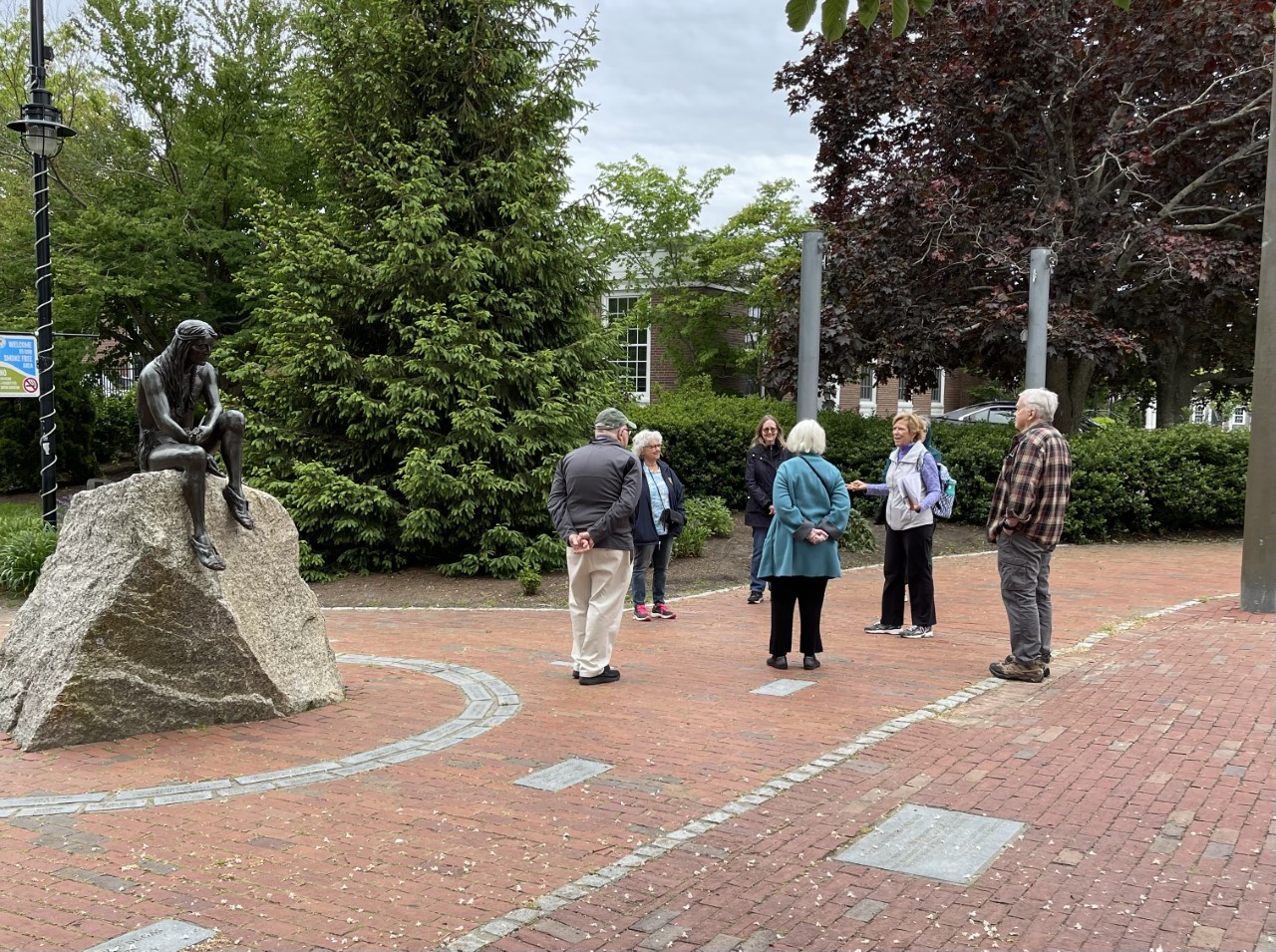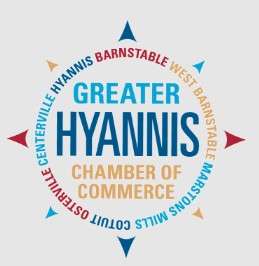
1. The Kennedys and Cape Cod
In 1928, Rose Fitzgerald Kennedy & Ambassador Joseph P. Kennedy, Sr. purchased their Hyannis Port summer rental home, now known as the Kennedy Compound. Located on the shore, less than three miles from where you are standing, it served as the heart and home for the large Kennedy family, including Joe & Rose's nine children: Joe, Jr., John (JFK), Rosemary, Kathleen, Eunice, Patricia, Robert (RFK), Jean and Edward (Ted). At the John F. Kennedy Hyannis Museum, the legacy of President Kennedy is shared, as well as how the homes in Hyannis Port are important to the Kennedys to this day.
The JFK Forever Statue
President John F. Kennedy once said, “I always come back to the Cape and walk on the beach when I have a tough decision to make. The Cape is the one place I can think and be alone.” This statue captures JFK doing just that, walking on the sandy shores of Hyannis Port. The statue, created by noted sculptor David Lewis, was unveiled on May 29, 2007, the anniversary of JFK’s 90th Birthday. Hundreds of people, including JFK's brother, Senator Ted Kennedy, gathered here for the event.
The Kennedy Compound
After renting the Malcolm Cottage for three summers, Rose Fitzgerald Kennedy & Joseph P. Kennedy, Sr. purchased the six-acre property and house in Hyannis Port in 1928. Twenty years later, Jack and his brother Bobby expanded the family footprint by purchasing nearby homes. The family gathered here to await the results of the 1960 Presidential election. It served as the summer White House from 1961 to 1963. Over nearly a century, many important events in the Kennedy family legacy have been centered around the compound. Family weddings celebrated at the compound include those of Maria Shriver in April 1986 and Caroline Kennedy in July 1986. And here the family has gathered to mourn the deaths of President Kennedy in 1963, and John F. Kennedy Jr., his wife and sister-in-law in July 1999. JFK's brother, US Senator Ted Kennedy, called the compound home until he died in 2009. The public cannot access the compound, but images of the homes are on display at the JFK Hyannis Museum. The best way to view the compound is from the water, which can be done on private boat tours that depart from Hyannis Harbor, at Stop #9 on the Kennedy Legacy Trail.
Caroline Bouvier Kennedy and John F. Kennedy, Jr.
John F. Kennedy and Jacqueline Kennedy had four children, but only two survived beyond birth. Their first daughter Arabella was stillborn in 1956. Caroline Bouvier Kennedy, born November 27, 1957, and John F. Kennedy Jr., born November 25, 1960, both lived in the White House as young children. Patrick Bouvier Kennedy was born prematurely on Cape Cod at Otis Air Force Base on August 7, 1963. He died on August 9th, in Boston.
Caroline is an author, attorney, and diplomat. She has served as U.S. Ambassador to Japan in the Obama administration and U.S. Ambassador to Australia in the Biden administration. Caroline married Edwin Schlossberg at Our Lady of Victory Church on Cape Cod in 1986, and they have three children, Rose, Tatiana, and John.
John, Jr. was born on November 25, 1960, just days after his father was elected president. He was an attorney, journalist, and publisher. A recreational pilot, John Jr. and his wife Carolyn Bessette and sister-in-law Lauren Bessette were killed in a tragic plane crash just off the island of Martha's Vineyard in July of 1999. On the morning of July 22, their ashes were scattered at sea from a Navy ship off the coast of Martha's Vineyard.
Before the Kennedys
The first inhabitants of Cape Cod were numerous Native Peoples, most notably the Mashpee Wampanoag and Nauset tribes, who lived on the Cape for centuries before any European contact and subsequent colonization. The first Europeans to touch down on Cape Cod came from several different nations, but the predominant settling group came to be the English, primarily through religious separatists escaping subordination in their home nation. Native populations dwindled in the centuries following European colonization due to an abundance of foreign diseases and strong oppression under English settlers. A statue of Iyanough, a Wampanoag Sachem who was noted for his kindness to the first pilgrims, and for whom Hyannis is named, stands just up the street from the museum at the front of the Hyannis Village Green.
For the next two centuries, Cape Cod remained a rural area, sustaining itself on agriculture and fishing. Hyannis was home to hundreds of shipmasters and was dubbed “the Port” for its central maritime location. A severe decline in the farming and fishing industries gave birth to the travel and tourism industries that the Cape is famed for today, as resort hotels and a railroad to Provincetown were constructed throughout the late-nineteenth century. The Cape continued to develop into the twentieth century, and by the 1920s when Joseph Sr. and Rose bought the Malcolm Cottage, the population began to grow significantly.


![HYArts_2012_FNL_out_C[1] HYArts_2012_FNL_out_C[1]](https://kennedylegacytrail.com/wp-content/uploads/2023/02/HYArts_2012_FNL_out_C1-237x300.jpg)

![jfk-hyannis-museum-logo-2019-sm[1] JFK Hyannis Museum Logo](https://kennedylegacytrail.com/wp-content/uploads/2023/02/jfk-hyannis-museum-logo-2019-sm1.jpg)

